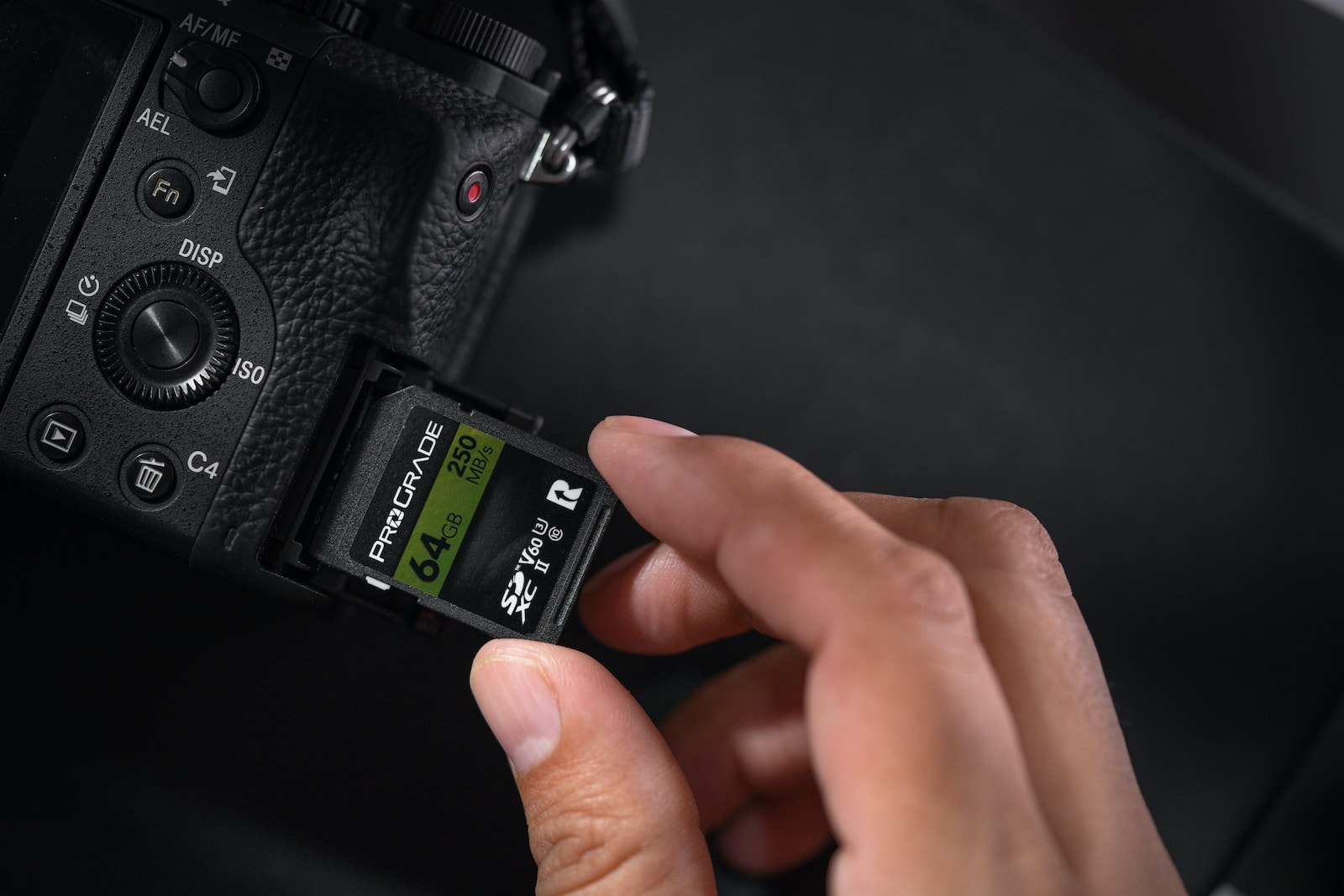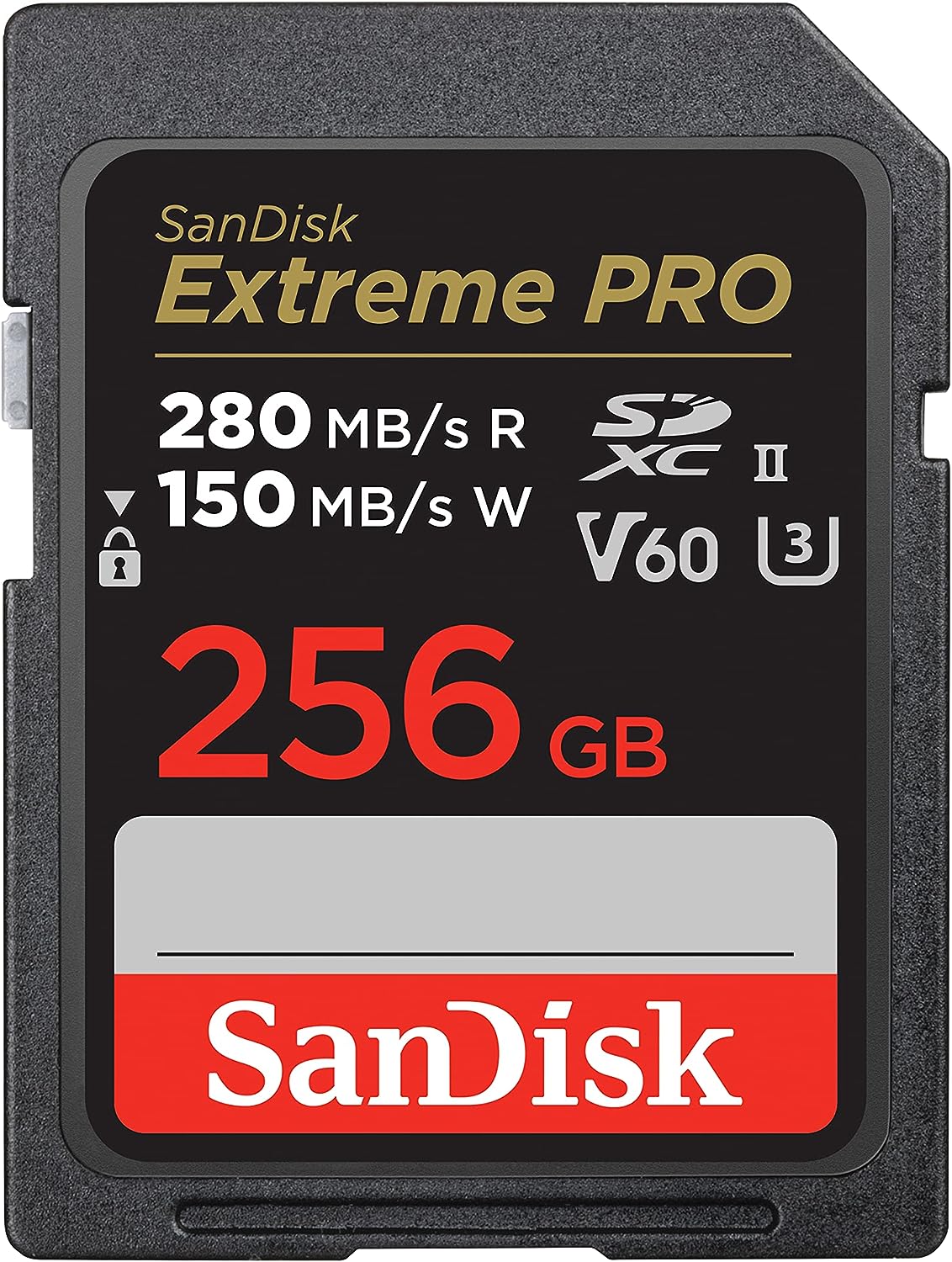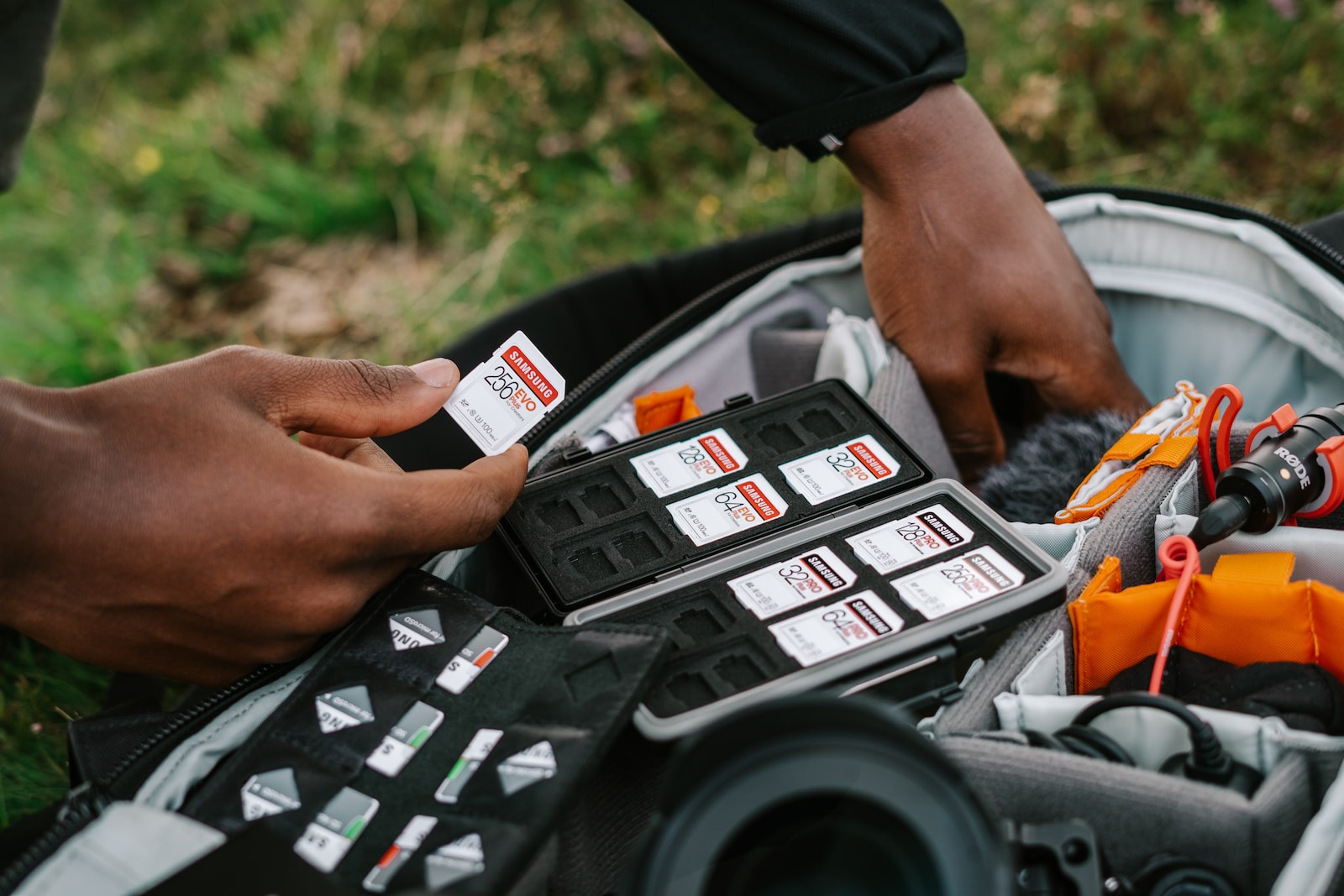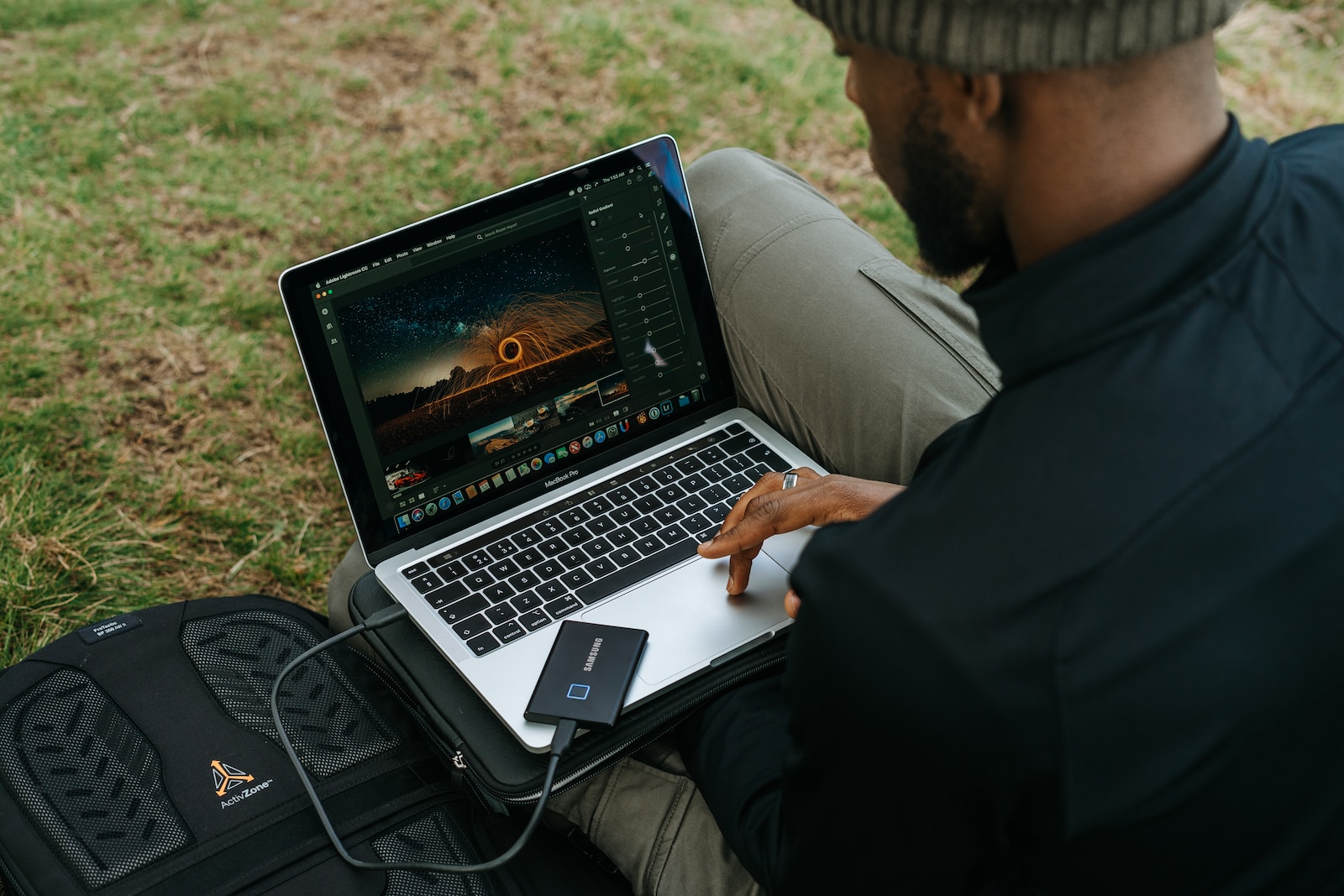Welcome to our blog, where we dive into the often complex world of memory card specifications. If you’re a photographer, understanding the specs of memory cards, particularly the ‘write speed’ and ‘read speed,’ is crucial to maximizing your camera’s performance. In this article, we will decode these specifications and provide insights that will help you make informed decisions when choosing memory cards for your photography needs.
Table of Contents
- Understanding Memory Card Specifications
- The Importance of Write Speed and Read Speed: Decoding Memory Card Specifications
- Frequently Asked Questions
- What are memory card specifications?
- What is write speed?
- What is read speed?
- Why are write speed and read speed important for photographers?
- How do I choose the right write speed for my camera?
- Can I use a memory card with a higher write speed than my camera supports?
- Are write speed and read speed the only important memory card specifications?
- Wrap Up
Understanding Memory Card Specifications
Before we delve into the differences between ‘write speed’ and ‘read speed,’ let’s quickly understand memory card specifications. Memory cards are crucial for storing digital data, and their performance can significantly impact your photography experience. When comparing different memory cards, it’s essential to look beyond the storage capacity and consider factors like speed, reliability, and compatibility.
The Importance of Write Speed
Write speed refers to how quickly a memory card can record data from your camera. This specification is particularly vital for photographers who frequently photograph fast-moving subjects or shoot in burst mode. A faster write speed ensures that your camera can quickly process and store images, reducing the risk of missed shots or potential buffer delays.
The Significance of Read Speed
Read speed, on the other hand, refers to how quickly your memory card can transfer data to a computer or other devices. While it may not seem as critical as write speed, a faster read speed can save you valuable time during data transfer, especially when dealing with large image and video files. It also contributes to smoother playback and editing experiences.
The Factors Influencing Speed
When it comes to memory card speed, several factors come into play. One of the most crucial factors is the card’s interface type. Different generations of memory card standards, such as SD, CFast, or XQD, offer varying levels of speed and compatibility with different camera models. Another important consideration is the card’s class or rating, which indicates its minimum sustained write speed.
Demystifying Class Ratings and Symbols
Memory cards often come labeled with different symbols and class ratings like Class 10, UHS-I, or V30. But what do these ratings really mean? We break down the various symbols and class ratings, explaining their significance and how they impact your camera’s performance. Understanding these labels will empower you to choose the right memory card for your specific photography needs.
Choosing the Right Memory Card
Now that you understand the significance of write and read speeds, as well as the different factors influencing speed ratings, it’s time to choose the right memory card for your camera. We provide a comprehensive guide to help you navigate through various memory card specifications and make an informed decision that optimizes your camera’s performance without breaking the bank.
Did you know that some memory card manufacturers are already experimenting with cutting-edge technologies like PCIe 4.0 and NVMe to push the boundaries of memory card speeds? These advancements promise even faster data transfer rates in the near future.
Understanding memory card specifications, especially write and read speeds, is crucial for photographers looking to enhance their camera’s performance. By decoding the complexities of these specifications and learning how they impact your photography workflow, you’ll be able to choose the right memory card that meets your needs and takes your images to the next level.
The Importance of Write Speed and Read Speed: Decoding Memory Card Specifications
When it comes to memory card specifications, terms like ‘write speed’ and ‘read speed’ are often thrown around, leaving many photographers confused about their significance. Understanding these specifications is crucial for photographers who want to ensure seamless performance and reliable storage of their precious memories. In this article, we will delve into the world of write and read speeds, decoding what they mean and how they impact your photography workflow.
What is Write Speed?
Write speed, as the name suggests, refers to how fast data can be written to a memory card. It is typically indicated in megabytes per second (MB/s). A higher write speed means that your camera can quickly save images to the card without any lag, allowing you to capture bursts of shots or record high-resolution videos without interruption.
Imagine you’re photographing a sporting event, and you want to capture that decisive moment when a basketball player makes a slam dunk. With a memory card that has a slow write speed, you may experience a delay in saving the image, resulting in missed shots. On the other hand, a memory card with a high write speed ensures that you can capture and save those action-packed moments effortlessly.
Understanding Read Speed
While write speed focuses on data being written to the memory card, read speed measures how quickly data can be read from the card. It is also expressed in megabytes per second (MB/s). A higher read speed is essential when it comes to transferring files from the card to your computer or accessing images on the card for playback on your camera’s screen.
Let’s say you’re at a photoshoot, and you want to review your images on your camera’s LCD screen to make sure you got the shots you envisioned. If your memory card has a slow read speed, it will take longer for the images to load, hindering your ability to quickly assess your work. On the other hand, a memory card with a high read speed allows for swift image playback and helps streamline your workflow.
The Write Speed vs. Read Speed Debate
When it comes to memory card speed, some photographers may prioritize write speed, while others emphasize read speed. The reality is that both specifications play a crucial role in ensuring optimal performance. While write speed directly impacts the speed at which you can save images, read speed affects how quickly you can review and transfer your files.
Transferring large files, such as high-resolution images or 4K videos, can be time-consuming with a slow read speed. Therefore, it’s essential to strike a balance between write and read speeds based on your specific needs and shooting style.
Decoding memory card specifications, particularly write speed and read speed, is vital for photographers aiming for a seamless and efficient workflow. By prioritizing both write and read speeds, you can ensure smooth camera performance, quick file transfers, and hassle-free image playback. When shopping for a memory card, remember to consider your shooting style and requirements to find the one that best suits your needs.
Frequently Asked Questions
What are memory card specifications?
Memory card specifications refer to the technical details and features of a memory card, including its capacity, write speed, read speed, and more.
What is write speed?
Write speed is the speed at which data can be written to a memory card. It is measured in megabytes per second (MB/s) and indicates how quickly your camera or device can save photos, videos, or other data onto the card.
What is read speed?
Read speed is the speed at which data can be read from a memory card. It is also measured in megabytes per second (MB/s) and indicates how quickly your camera or device can retrieve data stored on the card.
Why are write speed and read speed important for photographers?
Write speed is crucial for photographers who capture high-resolution images or shoot videos. A higher write speed ensures that the camera can write data to the memory card quickly, reducing the risk of missing shots or experiencing lag between consecutive shots. Read speed is also important when transferring files from the memory card to a computer or other devices.
How do I choose the right write speed for my camera?
Choosing the right write speed depends on your camera’s capabilities and your shooting needs. If you frequently capture fast-action or burst-mode shots, a memory card with a higher write speed (e.g., 90MB/s or above) would be ideal. However, if you mainly shoot still images or at a slower pace, a lower write speed card may suffice.
Can I use a memory card with a higher write speed than my camera supports?
Yes, you can use a memory card with a higher write speed than your camera supports. However, the camera will only write data at its maximum supported speed. The advantage of using a higher write speed memory card is that it will transfer files to your computer faster during data transfer.
Are write speed and read speed the only important memory card specifications?
No, memory card specifications include various other factors such as capacity, compatibility, and durability. Capacity indicates the amount of data the card can hold, compatibility ensures the card works with your camera or device, and durability refers to features like waterproof or shockproof designs. It’s important to consider all these factors when choosing a memory card.
Wrap Up
In conclusion, understanding memory card specifications is crucial for photographers who rely on fast and reliable storage for their work. When it comes to ‘write speed’ vs ‘read speed’, both are important but serve different purposes. While ‘write speed’ determines how quickly a memory card can capture and store data, ‘read speed’ influences how fast you can transfer files to your computer.
By deciphering these specifications, you can choose the right memory card that meets your needs, ensures smooth shooting sessions, and reduces the risk of data loss.
Now it’s your turn! Have you ever been confused by memory card specifications? How did you overcome it? Share your thoughts and experiences in the comments below, and let’s start a conversation. Don’t forget to subscribe to our newsletter for more photography tips and tricks. Happy shooting!



